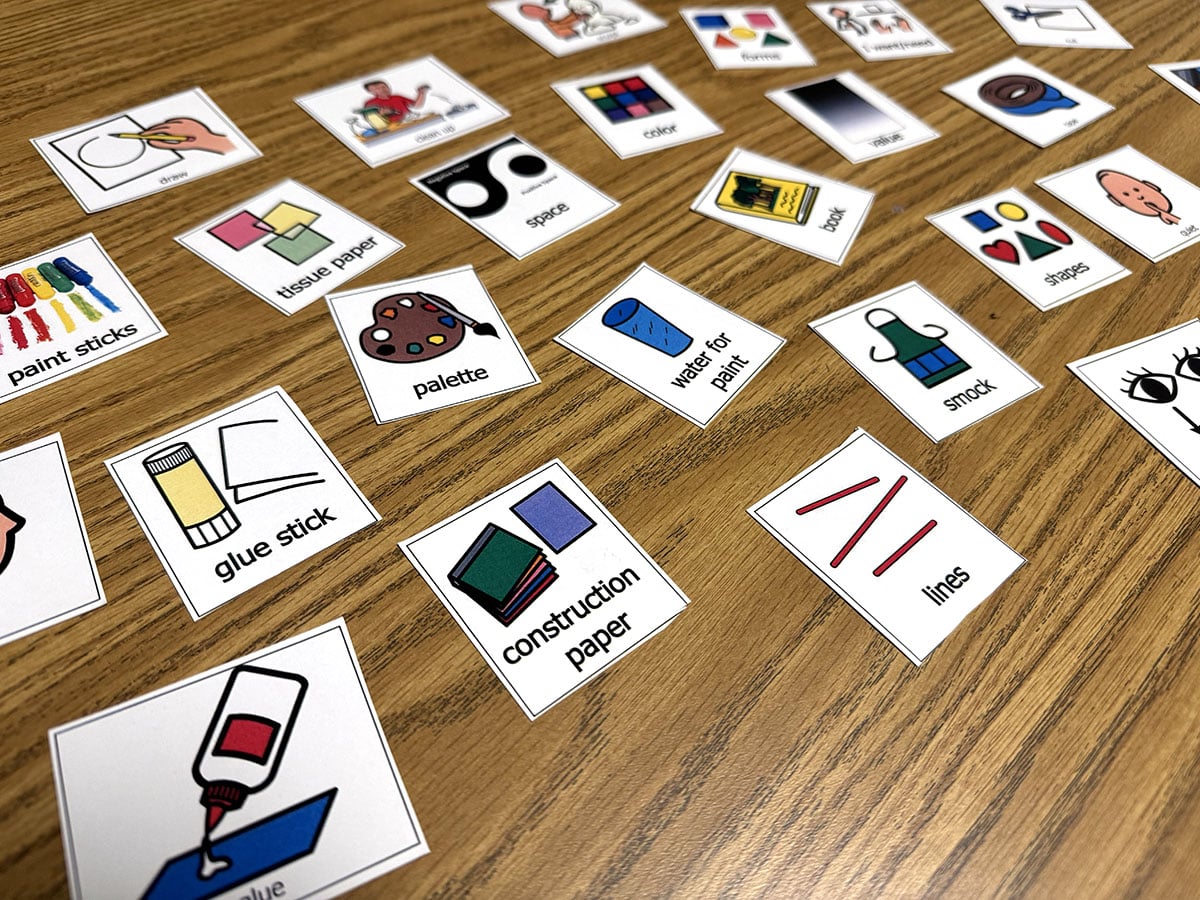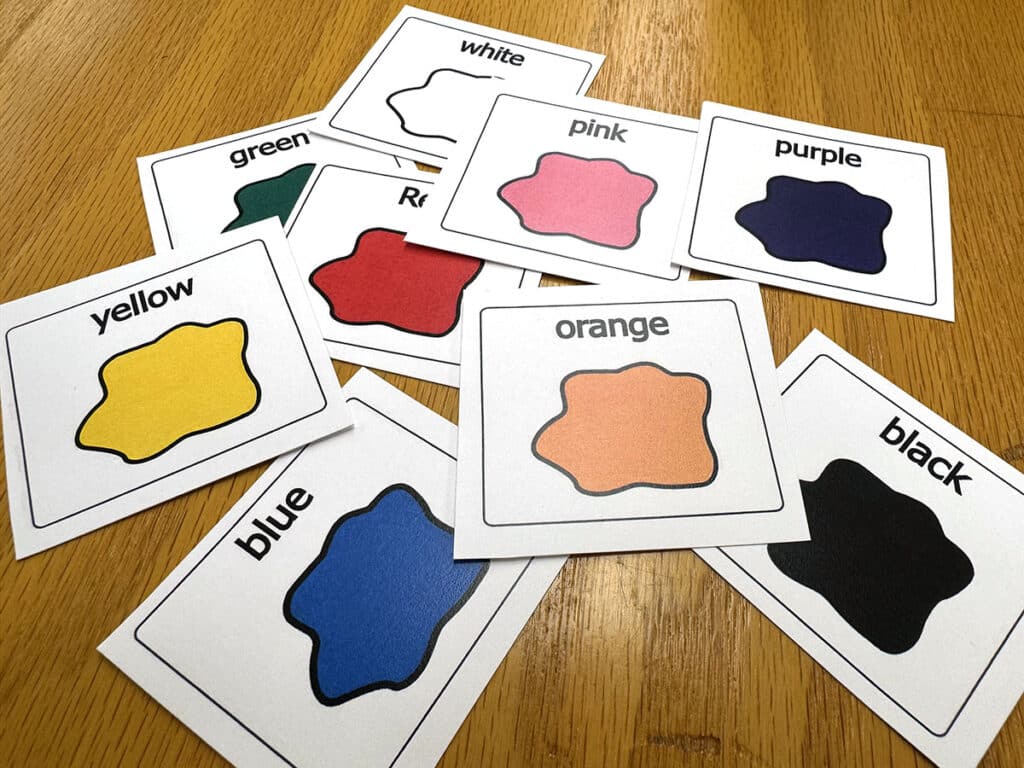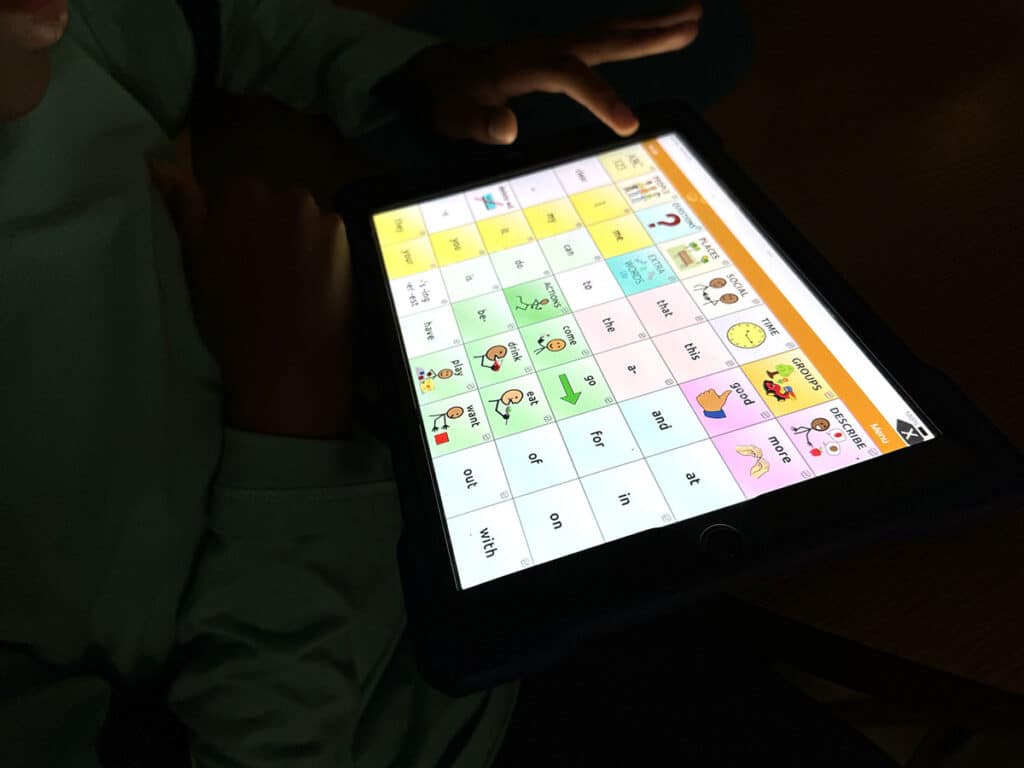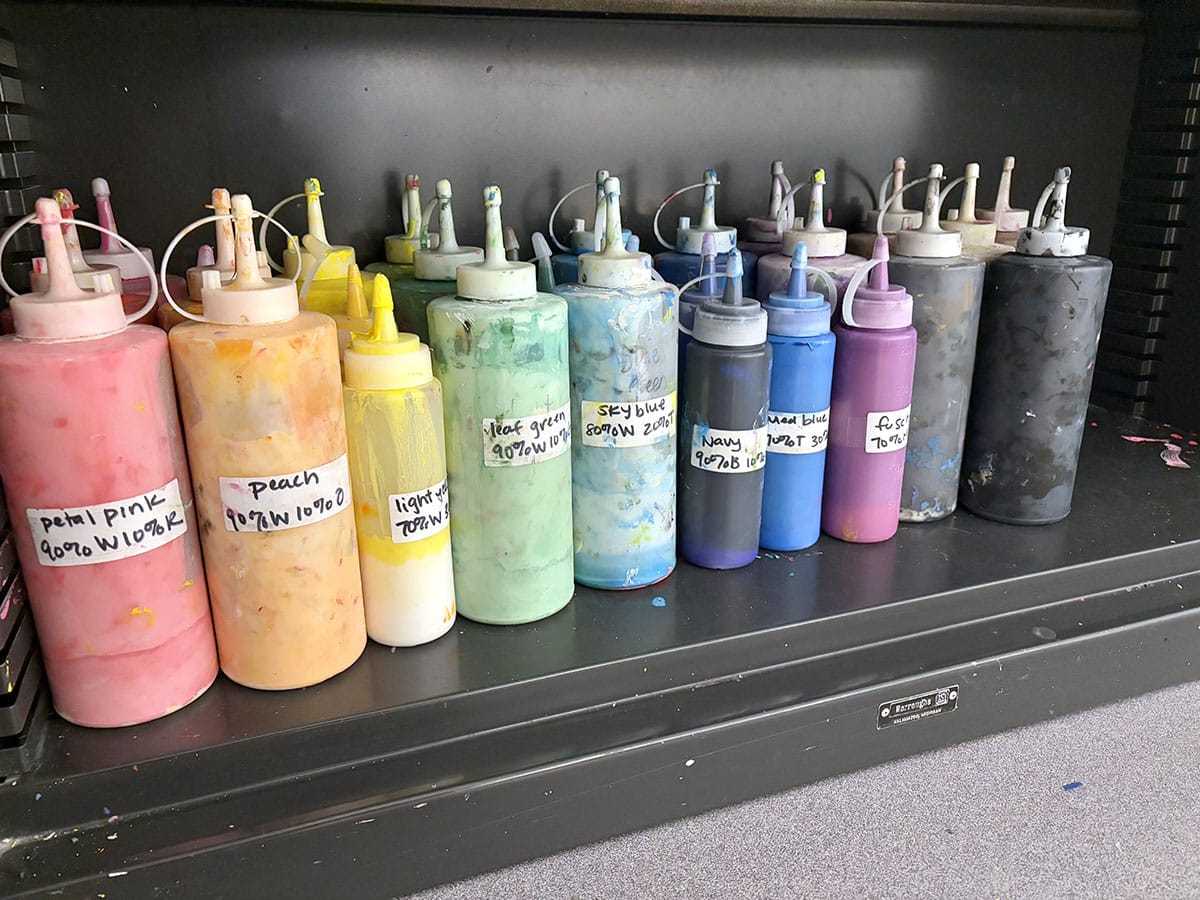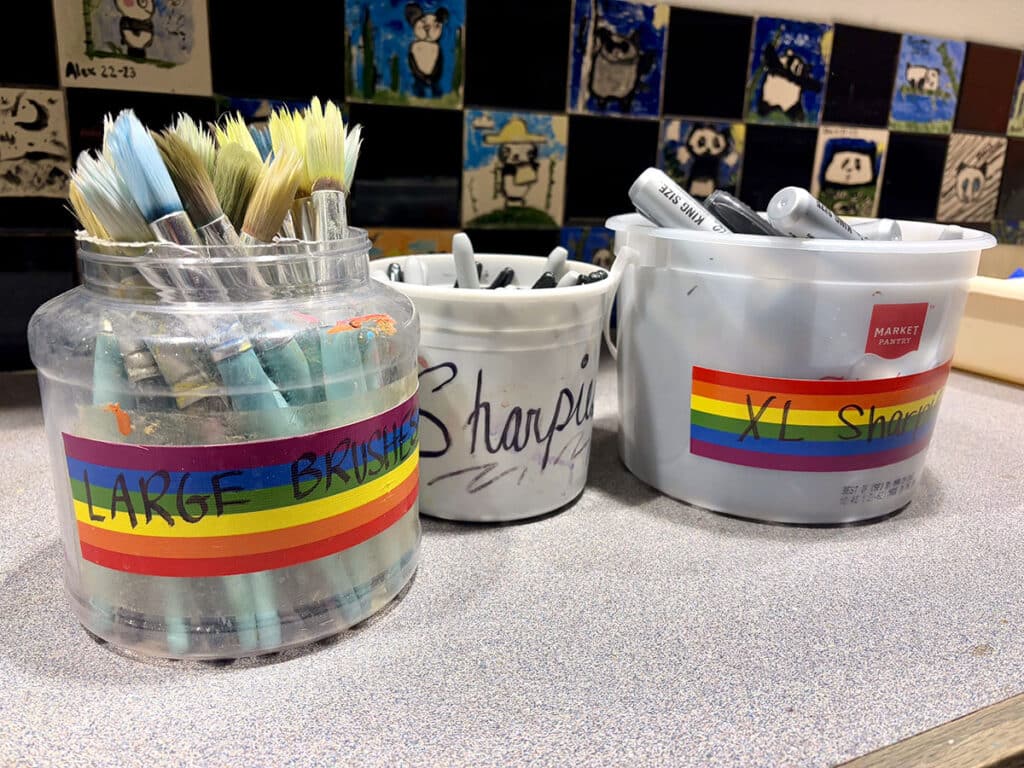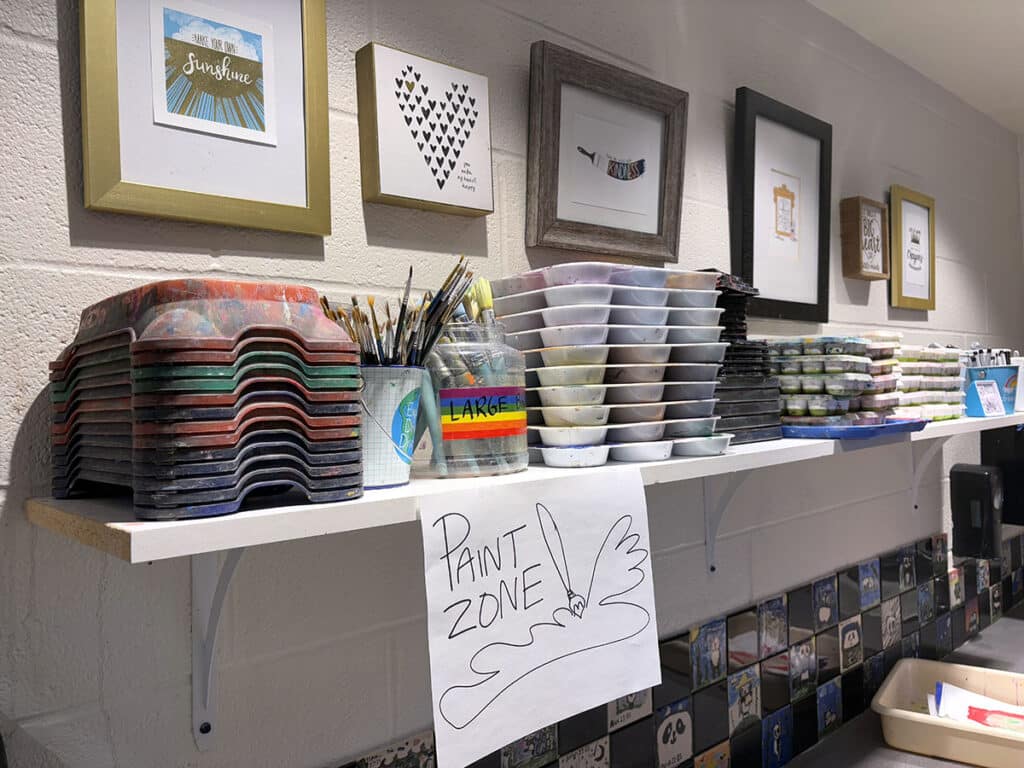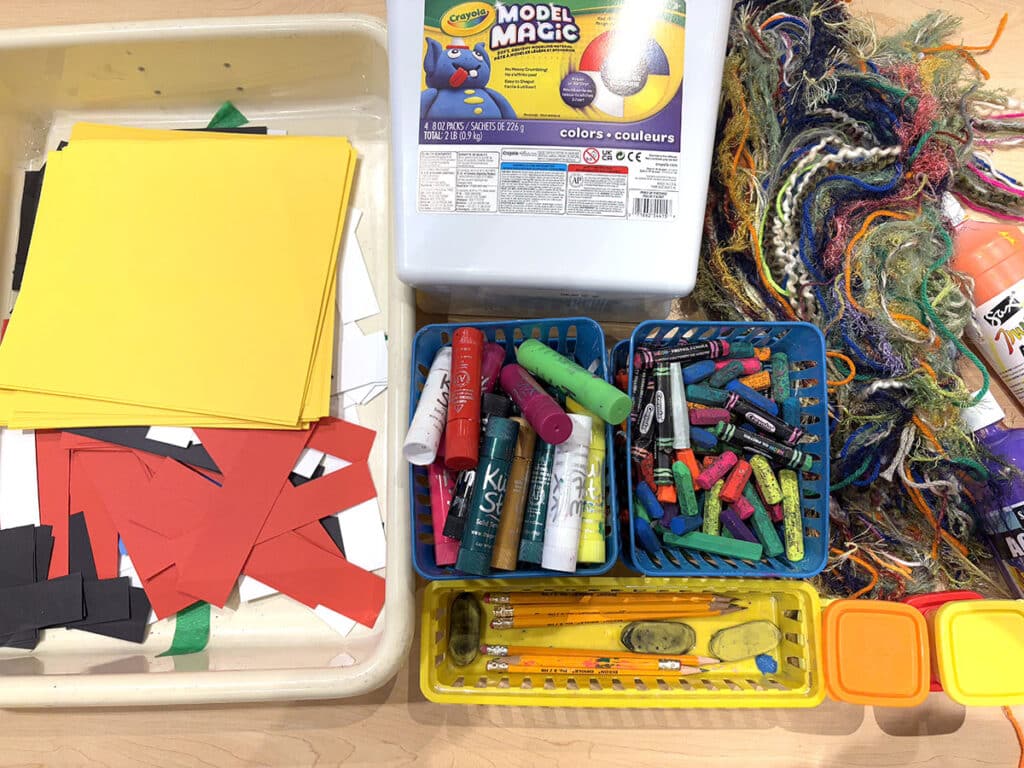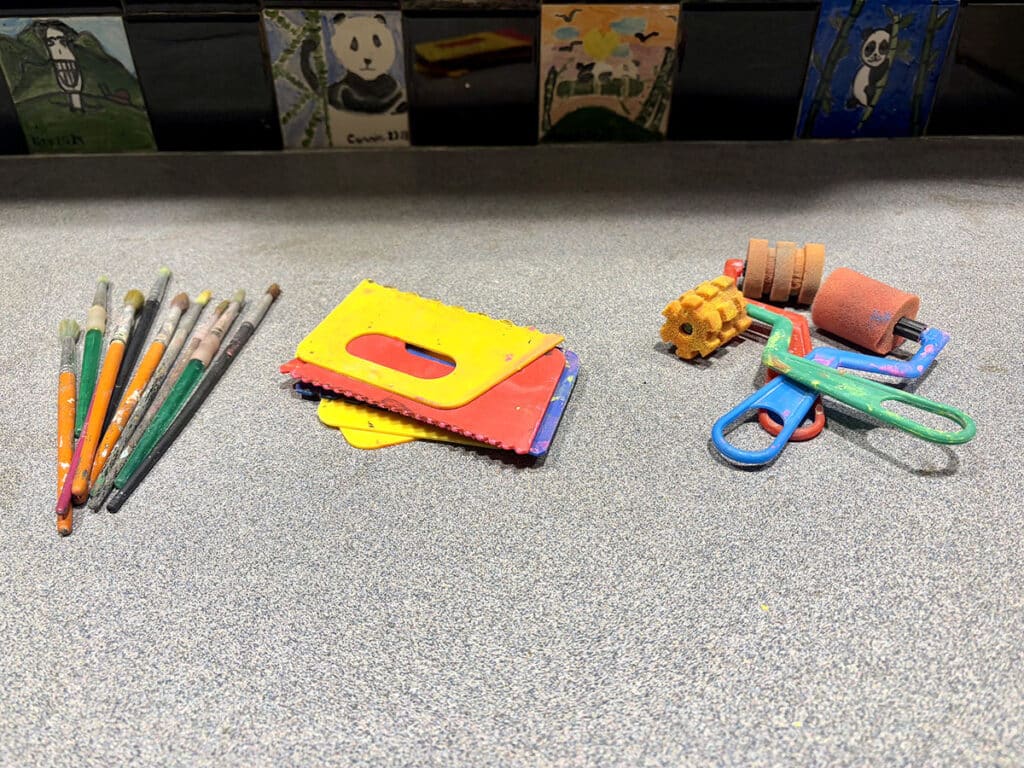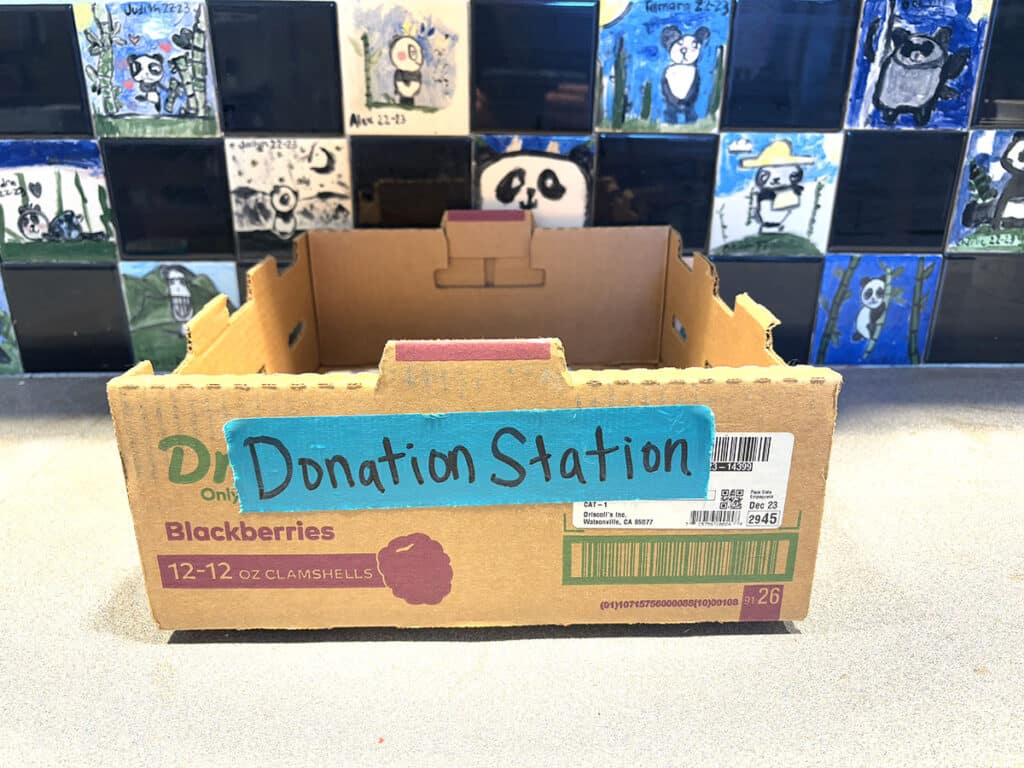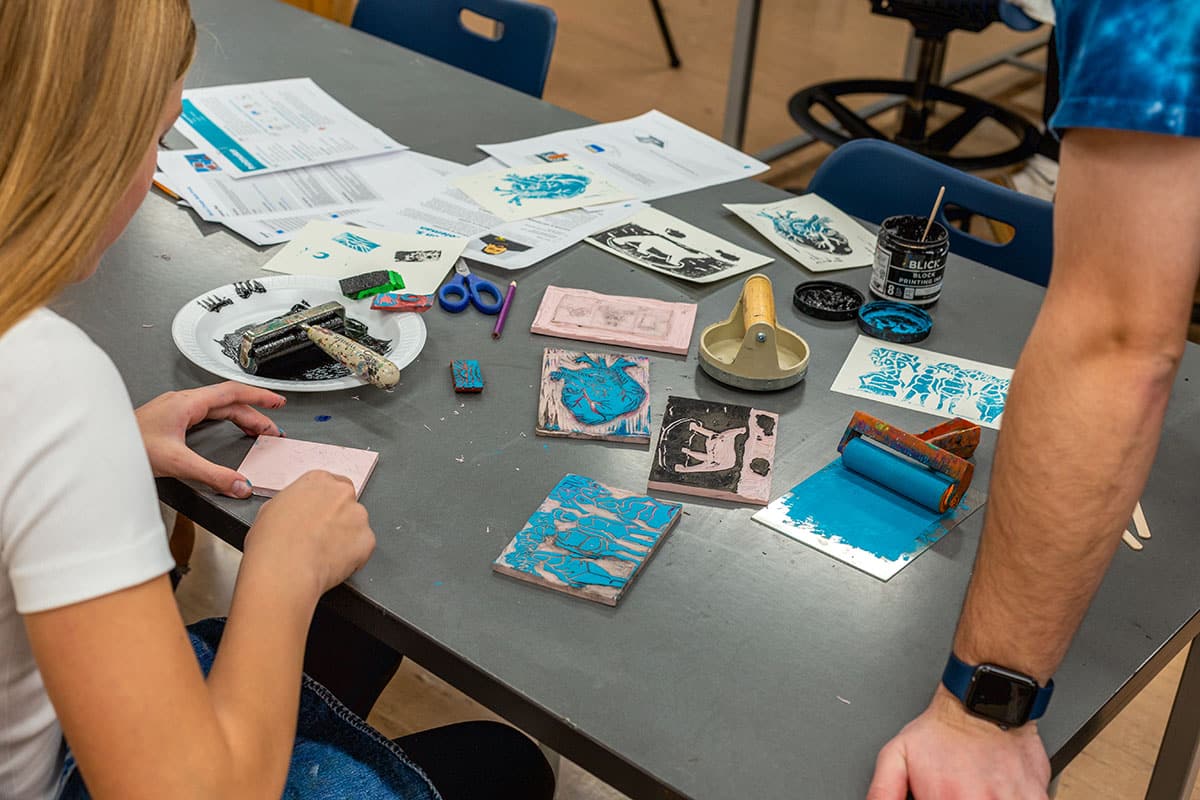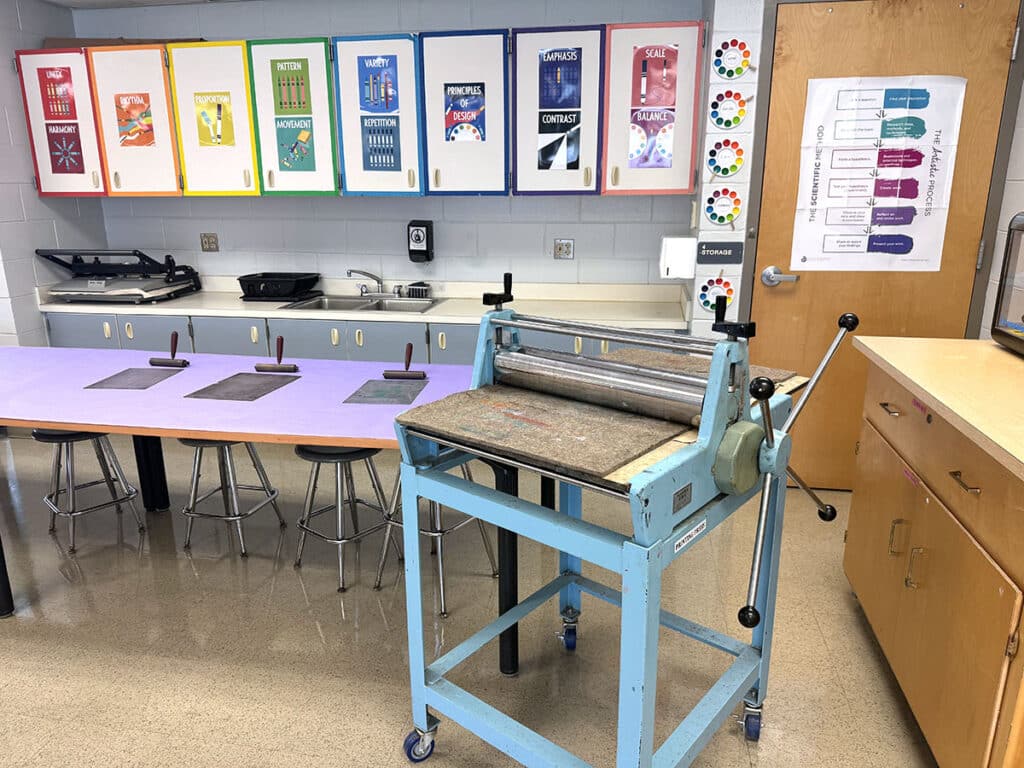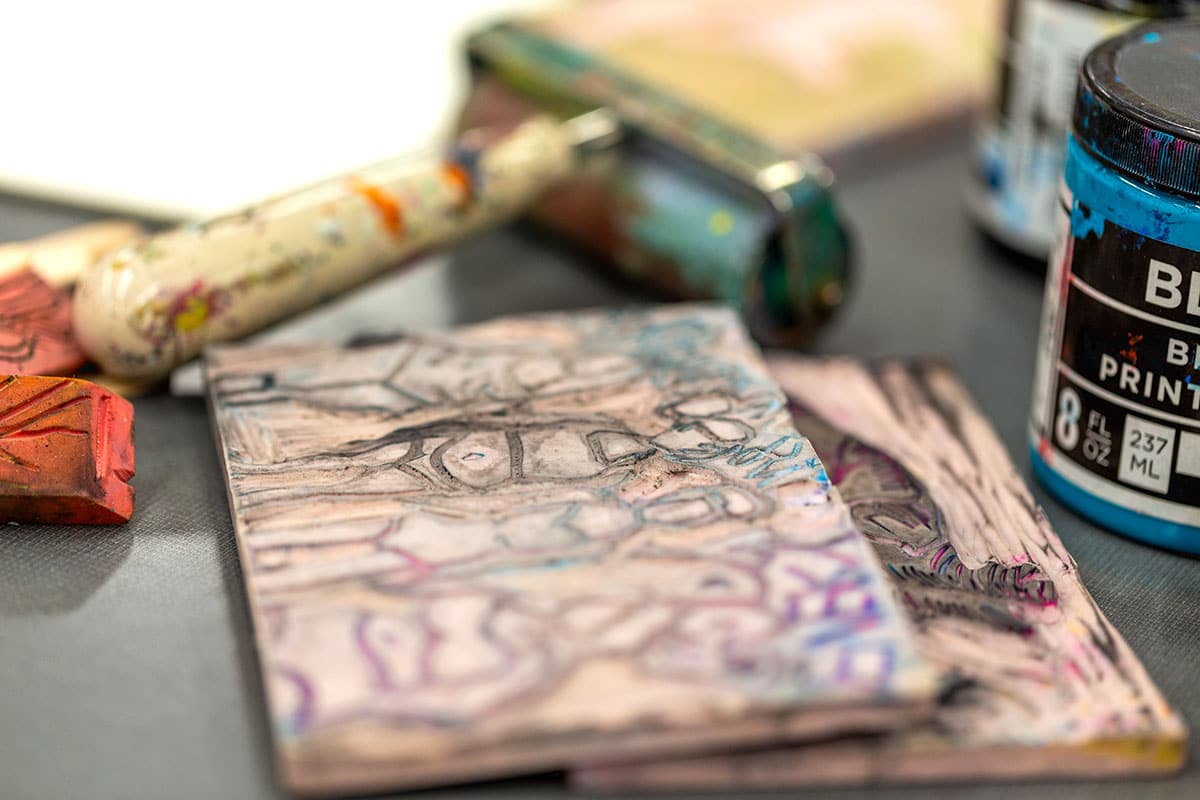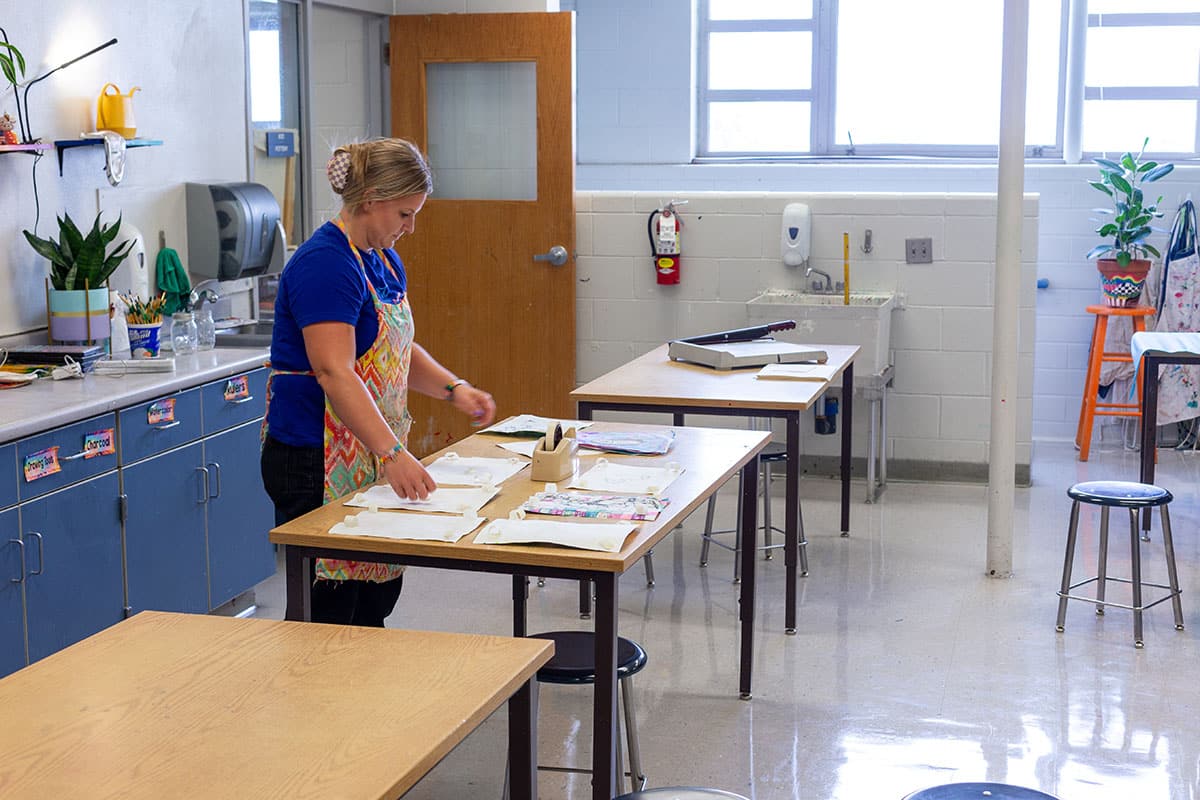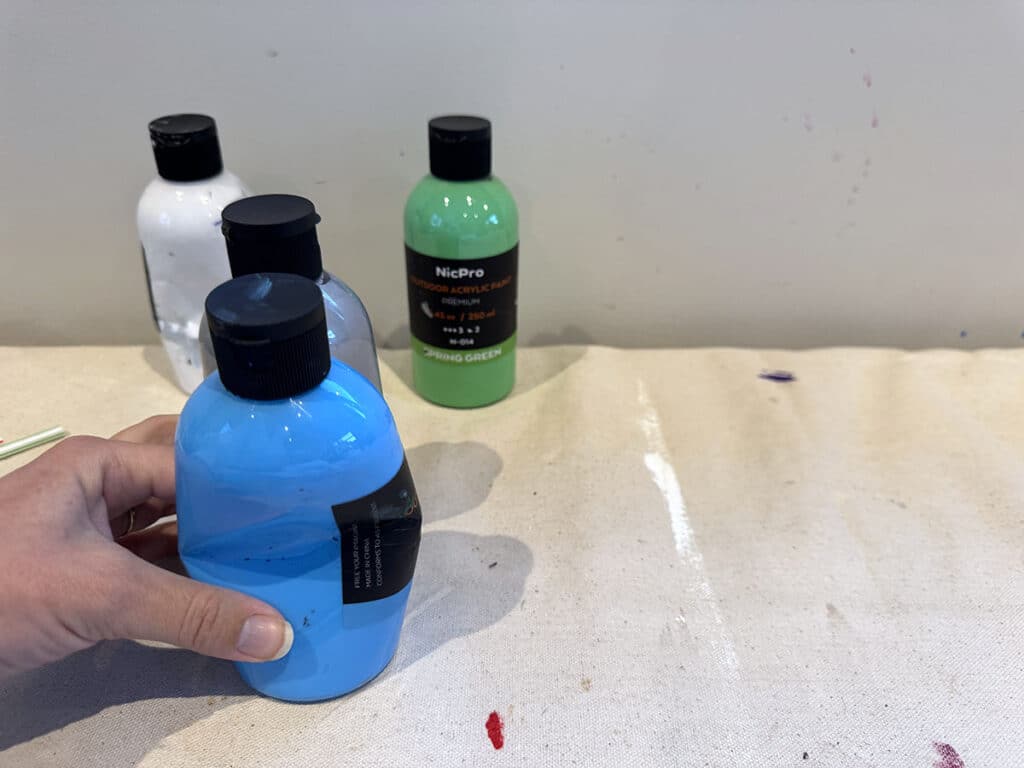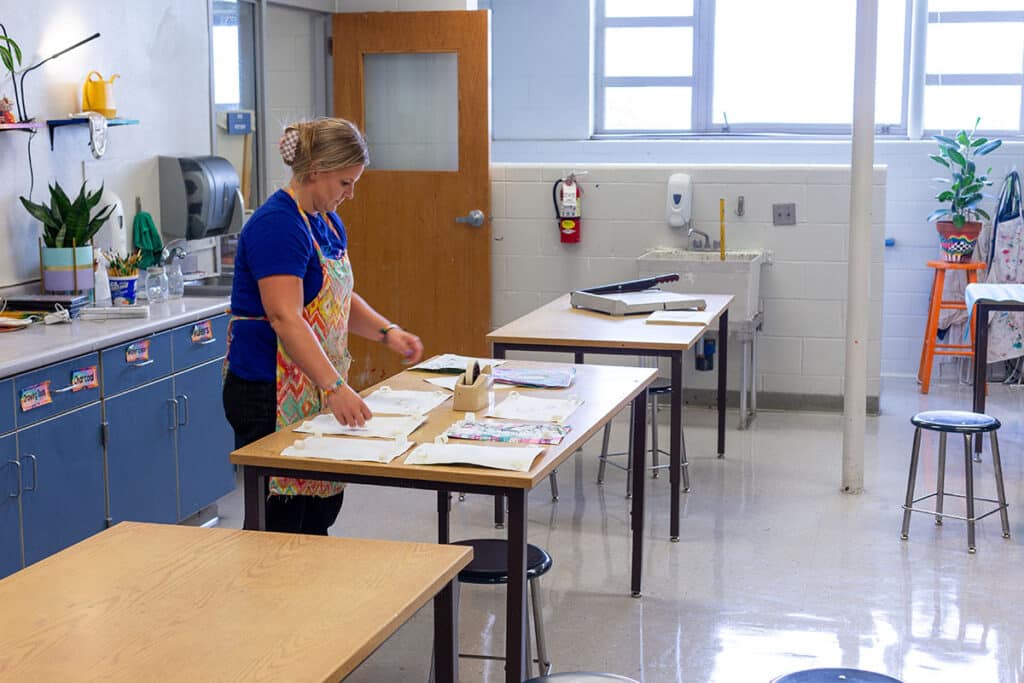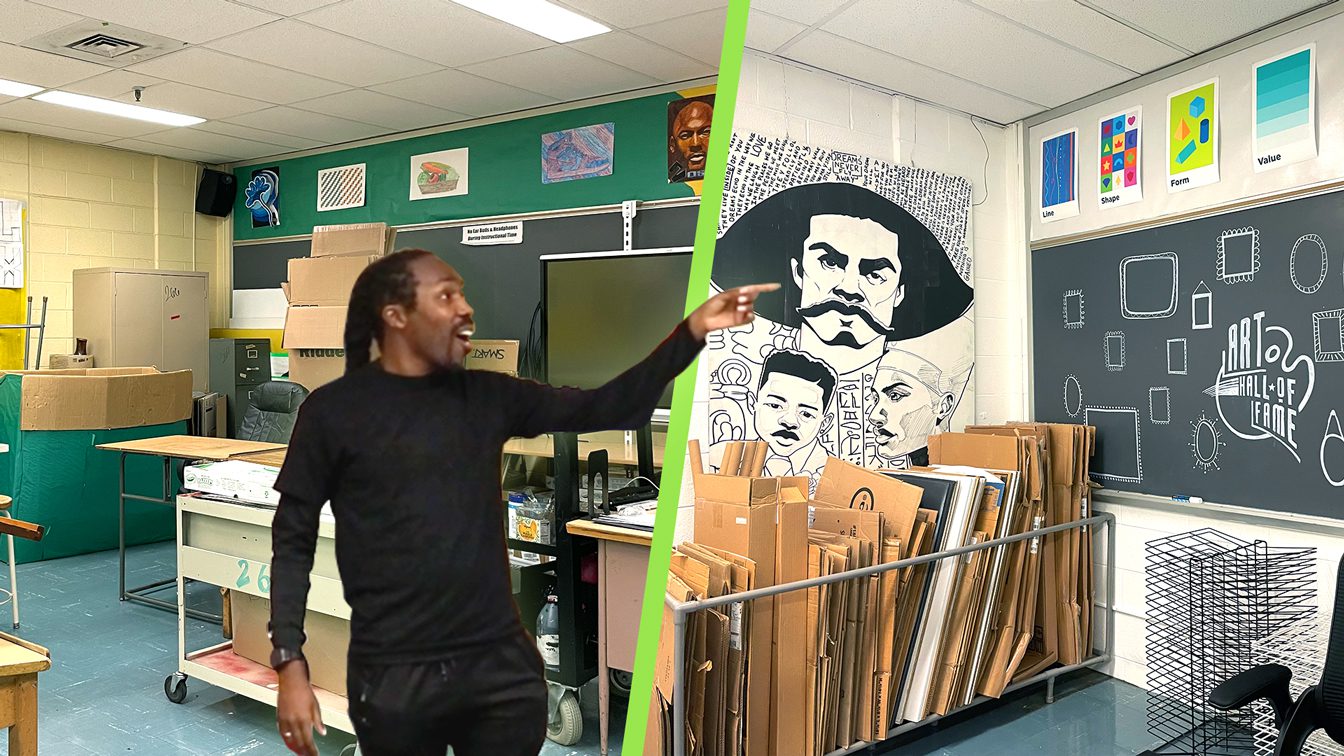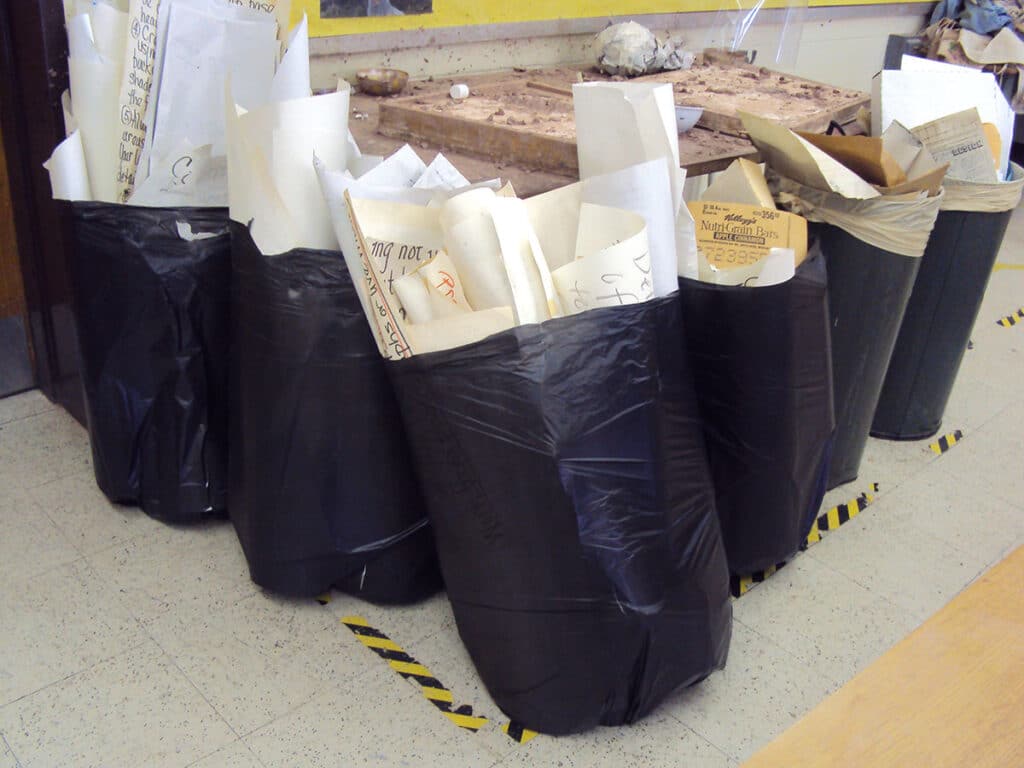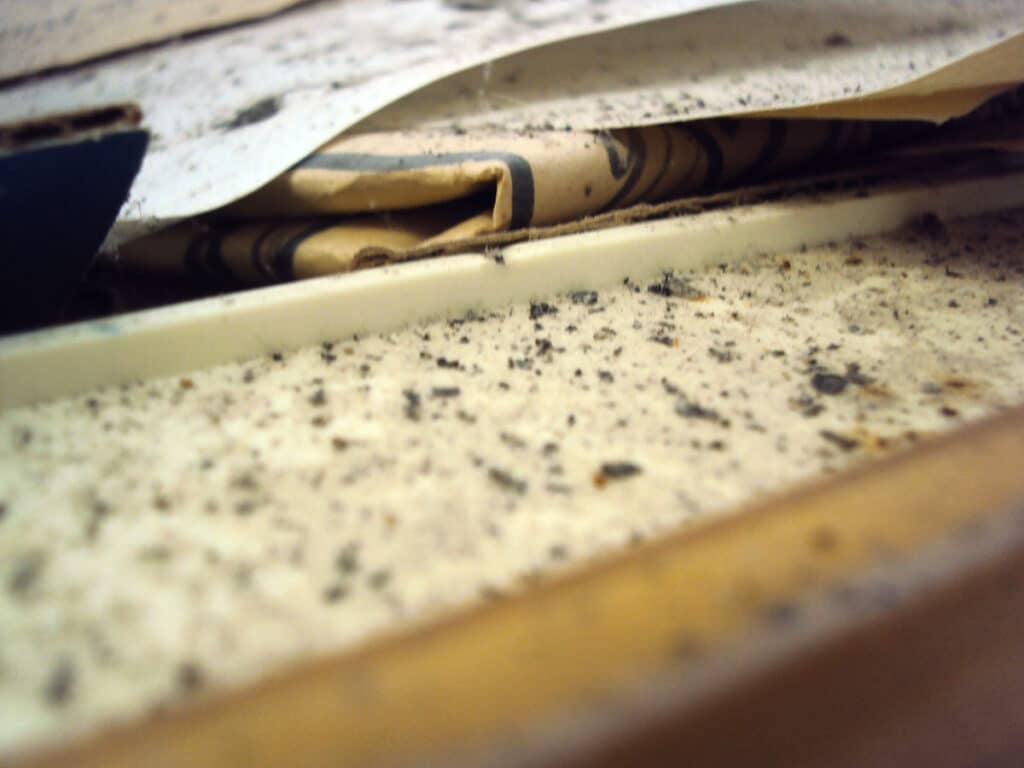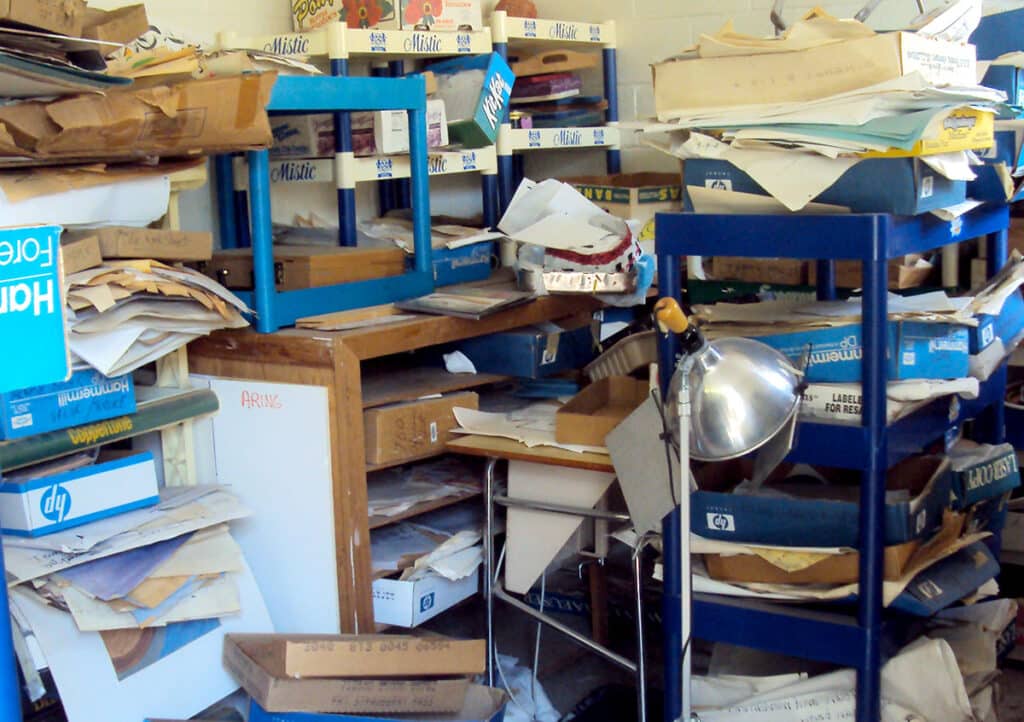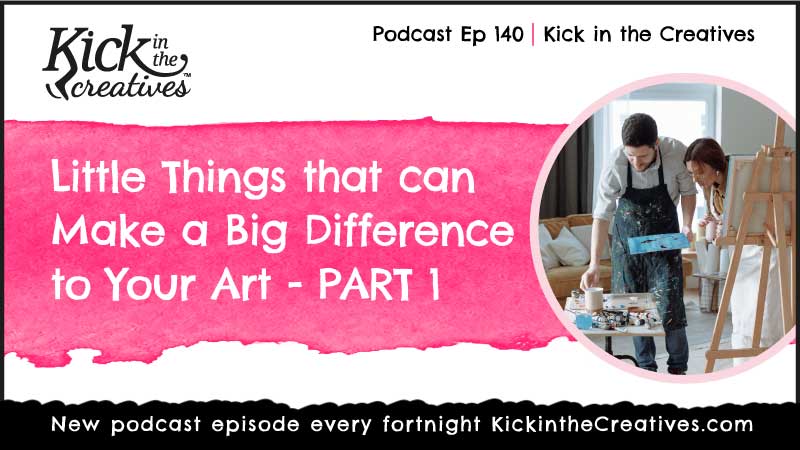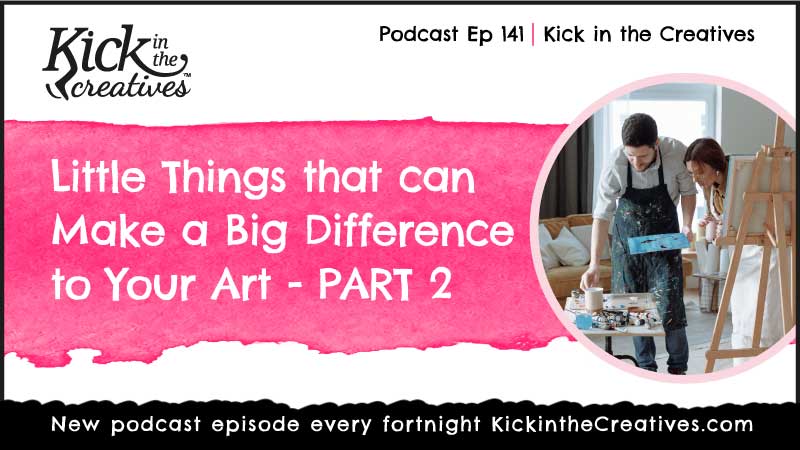Understanding history through stories helps students gain insights into our world. Take your art history lessons and your students’ learning to the next level! Instead of simply describing what an artist created, discuss why the artist created it through odd and interesting stories. This helps students get a glimpse into the artists’ humanity and motivations. It builds an association that goes beyond names and dates. Neat art history tidbits also boost media literacy by providing a foundation of connections for students to draw upon.

The Unexpected Artist
Students often look at legendary artists and assume those figures were born with a paintbrush in their hand. However, the paths to artistic success rarely follow a straight line. Many took winding roads, beginning their journeys in entirely different careers. Share these artists to help students see the value in unexpected learning opportunities.

- Anna Mary Robertson Moses
Affectionately known as Grandma Moses, Moses was a farmwife who began painting in her late 70s after arthritis made embroidery too difficult. Her charming, nostalgic depictions of rural American life quickly gained popularity. Grandma Moses became a media sensation, showing it’s never too late to pursue your passion. - Henri Matisse
Matisse initially pursued a career in law, working as a court administrator before a bout of appendicitis dramatically altered his course. During his recovery, his mother gave him art supplies, and Matisse discovered a love that would define his life. He famously stated he had found “a kind of paradise.” - Corita Kent
This former Catholic nun revolutionized religious art. She incorporated vibrant Pop Art aesthetics and social justice messages into her serigraphs, challenging traditional religious iconography. Sister Corita taught art at Immaculate Heart College, where she abandoned conventional methods, encouraged experimentation, and used advertising slogans and song lyrics to connect art with everyday life.
Art That Broke Bad
Everyone loves a good crime drama. Share forgeries, capers, and cons that will have students on the edge of their seats! Try these stories about the shady side of the art world to get your students hooked on art history.

- The Stockholm Museum Heist
In 2000, thieves used a combination of car bombs, gunfire, and caltrops to steal three paintings by Rembrandt and Renoir from the National Museum in Stockholm. They escaped by speedboat, leaving the police in their wake. Remarkably, all three paintings were eventually recovered, thanks in part to an undercover FBI operation. The operation targeted an international crime syndicate and infiltrated an attempted sale of one of the paintings in Los Angeles. - Wolfgang Beltracchi
Beltracchi, along with his wife, created and sold hundreds of forgeries. The forgeries were works by famous artists and brought in millions. He was a meticulous researcher and successfully mimicked various artistic styles. He claims he has forgeries still hanging in museums and collections today.
That Awkward Moment
Students raised in the age of memes can instantly relate to a moment of cringe and appreciate an epic fail. Here are a few stories that may go viral in your classroom and get your students eager to learn more about art history.

- DIY Gone Awry
A museum worker in Cairo committed the ultimate “oops” in 2014, accidentally knocking the braided beard off King Tutankhamun’s priceless burial mask. Their panicked solution? A hasty and very noticeable repair with epoxy glue, a move that horrified archaeologists and delighted internet users around the globe. This is art’s most unfortunate DIY project. - Upside Down or Right Side Up?
Piet Mondrian’s abstract masterpiece, New York City I, hung upside down in a museum for 77 years before anyone noticed the error. Experts finally realized the mistake, highlighting how even professionals can make incredibly relatable blunders. Amazingly, after discovering the error, they decided to keep it upside down for fear of damaging the piece. They say that the upside-down display is now part of the artwork’s story. - Failed Fresco
An elderly woman in Spain attempted to restore a flaking fresco of Jesus, Ecce Homo, in her local church. The result became an internet sensation, with the reworked painting dubbed Monkey Christ. Though widely mocked, the botched restoration became a tourist attraction, demonstrating that even artistic “fails” can be spectacular. - Expensive Oops
Billionaire art collector Steve Wynn accidentally put his elbow through his prized Picasso painting, Le Rêve, while showing it off to friends. This incredibly expensive “oops” moment resulted in a $90,000 repair bill. Of course, a great story in the provenance never hurts the value of an artwork. Some years later, Wynn sold the piece for $155 million.
Art in Unexpected Places
Wherever humans dare to venture, they’ve left their artistic mark, proving that our desire to create transcends all boundaries. Throughout history, people brought art to mountains, deserts, ocean floors, and even the moon. Below are four great examples that will amaze your students.

- Jason deCaires Taylor
This British sculptor creates breathtaking underwater museums, placing his life-sized sculptures on the ocean floor. These submerged artworks act as artificial reefs. They attract coral and marine life and transform the ocean into a vibrant, ever-evolving gallery. - Longmen Grottoes
China’s Longmen Grottoes feature thousands of Buddhist statues carved directly into the towering limestone cliffs in Luoyang. These intricate sculptures, created over centuries starting in the 5th century AD, transform the natural landscape into a breathtaking open-air art gallery. This UNESCO World Heritage site demonstrates the power of human creativity to merge with nature. It creates a sacred space that transcends traditional notions of where art can reside. - Nazca Lines
These landmarks are a series of massive geoglyphs etched into the arid desert plains of southern Peru. They represent one of the world’s most intriguing art mysteries since their creation between 500 BCE and 500 CE and their rediscovery in the 1920s. These ancient designs, depicting animals, plants, and geometric shapes, are so vast that they are only fully visible from the air. The top layer of the desert floor made up of iron-oxide-coated pebbles, provided a dark “canvas.” Ancient people created the lines by removing the top 12-15 inches of rock, revealing the lighter-colored sand beneath. The dry, windless, and stable climate of the Nazca region preserves these remarkable geoglyphs. - Fallen Astronaut
Mountains, deserts, and oceans are pretty wild, but the most remote art installation is actually on the moon! In 1971, the crew of Apollo 15 secretly placed a small sculpture called Fallen Astronaut on the lunar surface. This aluminum figure commemorates astronauts and cosmonauts who died in the pursuit of space exploration. It helps to make the moon a truly unique and poignant art gallery.
Ultimate “So There” Moments
Validation can be a good feeling, especially after experiencing doubt. The following artists took unique situations and comments and turned them into opportunities to showcase their grit, skill, and willingness to rise to a challenge. Tell these stories to your students to inspire them to push expectations.

- Roy Lichtenstein
Lichtenstein’s success is perhaps the ultimate flex on his son. His son pointed to an illustration in a Disney book and challenged his father to draw something that good. Lichtenstein painted Look Mickey, which not only proved his son wrong but also became a seminal work of Pop Art, and launched his career. - Claude Monet
Critics questioned Monet’s artistic vision in his later years, claiming his failing eyesight led to overly abstract and formless paintings. Monet responded by creating his monumental Water Lilies series, immersing viewers in the beauty of his Giverny garden. These stunning canvases are now celebrated as Impressionist masterpieces. They silenced his critics and proved that Monet’s artistic power remained undiminished. - Janet Sobel
This Ukrainian-American artist’s journey began with an unexpected challenge from her own son. When Sobel criticized her son’s artwork, he handed her a brush and challenged her to do better. Sobel accepted and discovered a hidden talent for abstract expressionism. This led to the pioneering of a drip technique that later influenced Jackson Pollock.
Sharing these intriguing stories and fun facts helps students connect with art history on a human level. Learning art history is not just about memorizing names and dates. When students can understand the artists as people, they can dig into their motivations and ideas. Stories are an engaging way to make artists relatable and provide context. Silly, scandalous, or unexpected fun facts will spark your students’ curiosity to discuss, ask questions, retain information, and foster new connections!
What are your favorite fun facts from art history?
How do you help students move beyond memorizing facts to creating connections?
To chat about other interesting art history stories with other art teachers, join us in The Art of Ed Community!
Magazine articles and podcasts are opinions of professional education contributors and do not necessarily represent the position of the Art of Education University (AOEU) or its academic offerings. Contributors use terms in the way they are most often talked about in the scope of their educational experiences.


